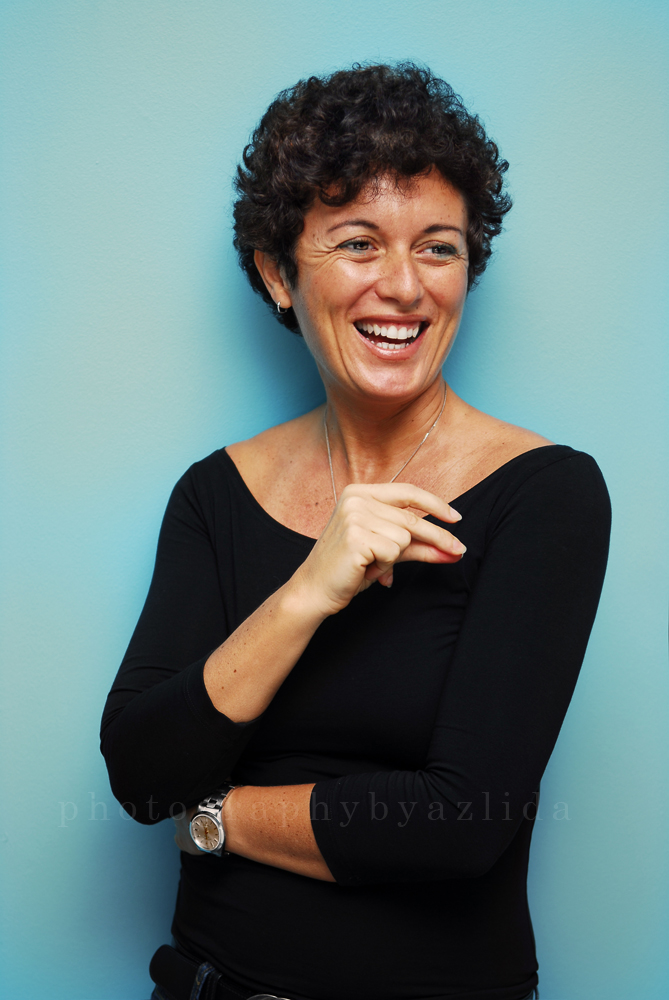Ten years ago, Stella and I were browsing the shelves at a huge bookstore in Singapore when we came across a book on the rise of narcissism in society. This was still a pre-Instagram society, but Facebook had been around for a few years already and I remember Stella jumping to buy it. I was surprised at the time to read the preface that denounced the new levels of narcissism we were reaching.
Fast forward ten years and narcissistic disorder has been eliminated from the Diagnostic Manual, no longer being recognised as a disease. This has caused quite the stir in professional circles because even though social media and other societal factors has seen the rise of self-important behaviour, not everyone who is self-absorbed would qualify for a NPD diagnosis. The lines have been blurred, and by no longer recognising NPD as a disease, we’re risking oversimplifying the mental illness when there are so many levels of the spectrum.
Narcissism is rife in the media today and is being Googled more often than ever. People are waking up to various narcissistic characters in their lives and I’m hearing more conversations about “how to remove toxic people from your life”, perhaps because of the rise in self-development and self-care. Rich and powerful narcissists, such as Harvey Weinstein, are being denounced to the public eye by the likes of Asia Argento and other brave women who came forward. Movements like the #metoo campaign are helping to build a new culture around this topic and a growing ability for women to find their voices.

The Tiger Woods Syndrome: Why Men Prowl and How Not to Become a Prey by psychiatrist Dr. J. R. Bruns and Dr. R.A. Richards, was an incredibly insightful examination of how narcissism can be predatory. There is this victim vs. predator push and pull when we think and read about narcissism, and I’ve seen it in working with NGOs that deal with victims of abuse and their agressors.
It’s an interesting and certainly apt way of looking at the narcissistic dynamic, but I think given all the information we have on the topic on the internet, it’s incredibly easy to fall into the judgement trap. Someone is a narcissist and therefore that someone is the aggressor. I am the victim of the narcissist, therefore they are victimising me. This is by all means true.
However, today I also believe is that there is no narcissist who isn’t also a victim, nor a victim who isn’t also a narcissist. This can be corroborated by Dr. Karpman’s, Drama Triangle, that illustrates the cycle of Victim to Aggressor to Rescuer and back again without excluding one role from another. As someone who’s experienced being a victim of narcissism, having been married to a narcissist for 26 years, as well as seen and observed my own narcissism come to light, I truly believe that the two roles co-exist within all of us, just at varying degrees.
As I mentioned, there is a spectrum for narcissism. Dr. Craig Malkin, a clinical psychologist who’s been encouraging people to rethink narcissism, describes it as a “spectrum of self-importance”, and all of us fall somewhere on the scale. Although I believe to some extent we have all got a narcissist in us (as we do a victim), more severe cases of narcissism do exist. Having said that, I believe that people who go on to become more severely narcissistic, began life as victims, most likely of narcissists but not in all cases. They are people who suffered severe humiliation and go on to recreate the passive or covert aggression that they experienced by acting out narcissistically. In her book, The Princess Who Believe in Fairytales, Marcia Grad Powers tells the reader to be careful in becoming a victim of someone who’s already themselves been one.

What it comes down to is approaching this topic non-judgementally. This becomes a lot easier to do when we recognise and accept that these characteristics exist in all of us just on a different level. Talking badly about narcissists and narcissism is not good for us, it sometimes invites us to remain on the other side of the pendulum (self-sacrificer) to over-compensate or prove we are not the big bad narcissists everyone’s pointing their fingers at.
From a space of self-love, self-compassion and self-responsibility, we can observe these traits and even go so far as to become healthily narcissistic. That is to say, nurture a healthy ego and finding a balance so that we do not label one way of being as good or another as bad. Healthy narcissism is expressed when we take pride in ourselves, investing in our wellbeing and health, eat healthy and so on. Healthy Narcissism, as defined by Dr. Craig Malkin, is being emotionally open, self-confident, comfortable with praise and ambitious. Similarly to what I’ve been saying, Malkin has expressed the importance that a healthy degree of narcissism is “essential to maintaining a healthy sense of self-worth”.
How to Nurture Your Healthy Narcissist
- Recognise where you are on the narcissism spectrum presently. Use online tests like this one that Dr. Craig Malkin offers.
- If you’re in the over or under – extremes of the scale, look for outside help in a counsellor. Counsellors help us to find the emotional root of your narcissism (or lack thereof).
- Moving forward, a life coach will be able to help you rebuild your life around this new healing and awareness.
- Learn more about narcissism through educating yourself with trainings, workshops, literature and so on.
- If you’re edging towards the extreme side of narcissism, think about going for some emotional intelligence, communication and relationship trainings to learn more about emotions, empathy and other characteristics that can bring you to a more mid-range level.
As I’ve said before, whenever you want to change, the two most crucial elements to supercharge and assure said change are willingness and courage.
Originally published at www.elisabettafranzoso.com

